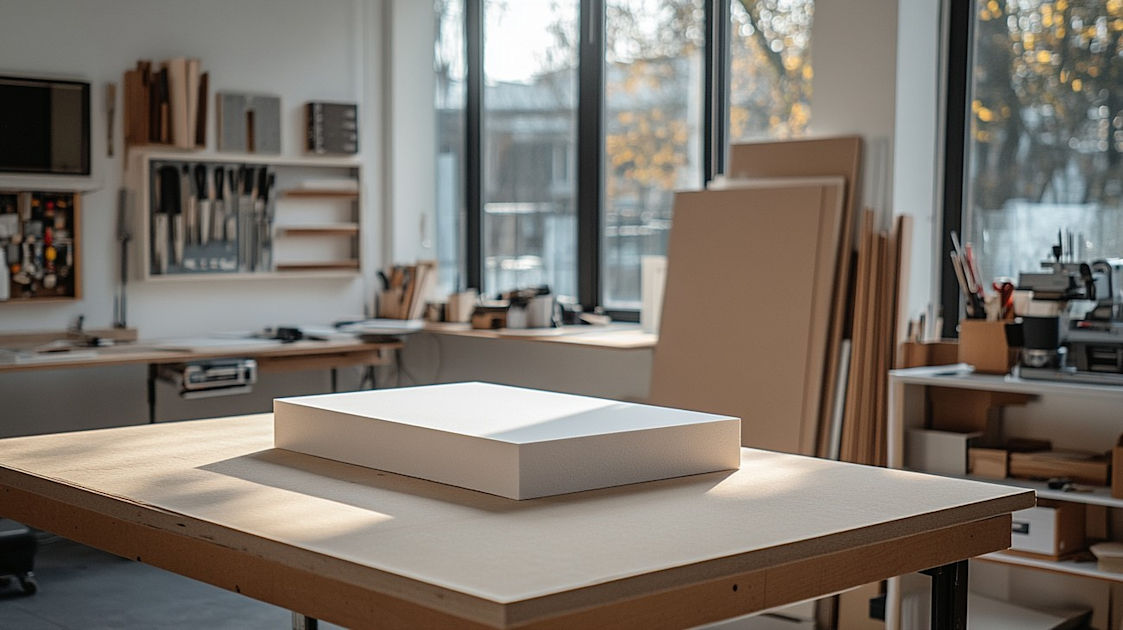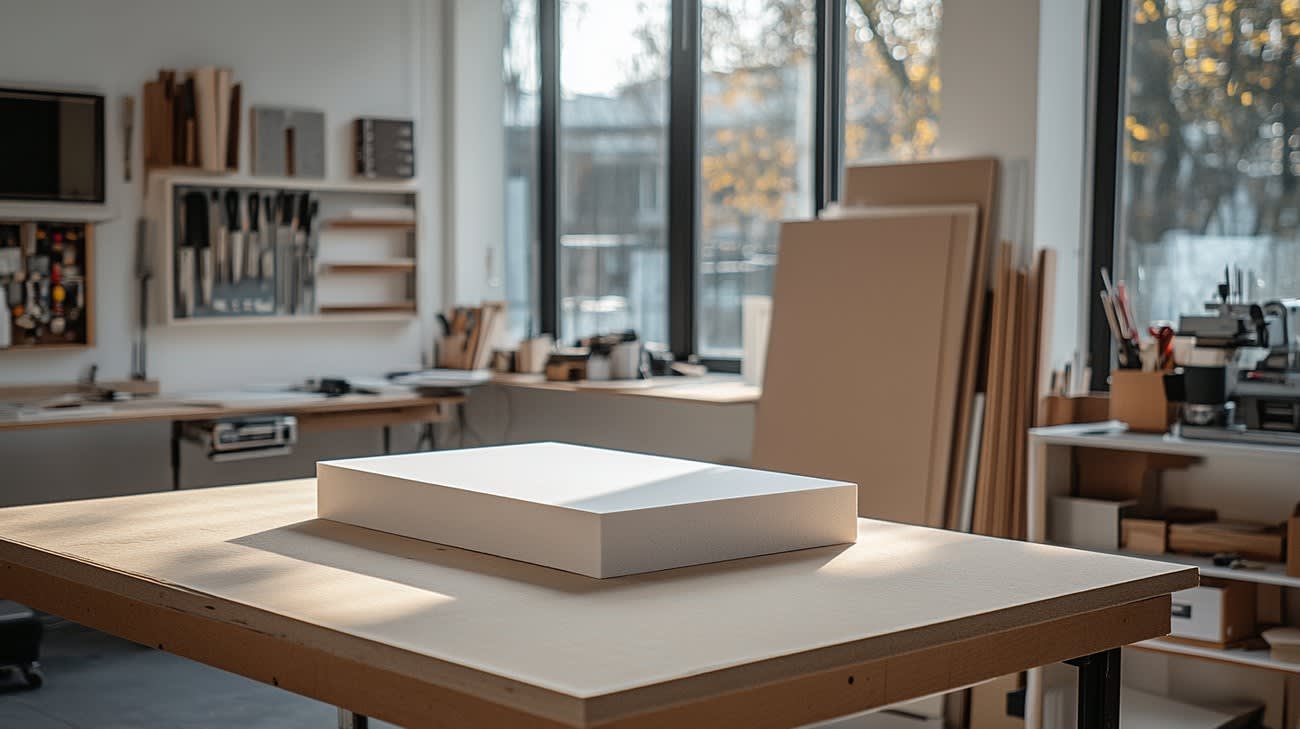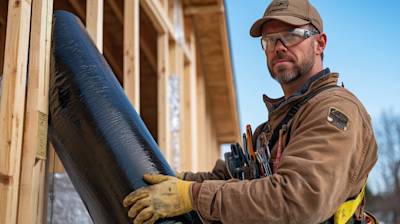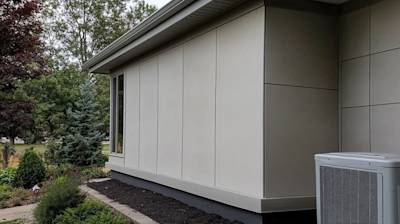XPS foam, or Extruded Polystyrene foam, is a versatile building component used globally due to its many advantageous features. It is a popular go-to choice for architects, builders, and homeowners. But have you ever wondered what XPS foam is, how it's made, or its numerous applications? We’ll delve right into all aspects servicing your curiosity about XPS foam in this extensive guide.
Understanding XPS Foam
Extruded Polystyrene (XPS) foam is a rigid thermal insulation material manufactured from polystyrene. Invented in the labs of Dow Chemical Company, it started to attune with the construction sector since the mid-40s, evolving with different variants over the years.
How Is XPS Foam Produced?
The production of XPS foam might seem complex but can be simplified into four primary stages:
**Pre-treatment:**This stage involves feeding polystyrene resin pellets into an extruder, combining them with critical elements essential for the foaming process such as blowing agents, fire retardants, and additives.
Extrusion: In the second stage, a combination of heat and pressure melt the material, allowing the blowing agents to develop a foam structure.
Shaping: The next phase shapes the foam by running it through a die immediately after the extrusion stage.
Cooling and Cutting: Lastly, the foam cools down and is cut into different sizes based on its intended usage.
Applications of XPS Foam
Its innate properties such as thermal insulation, moisture resistance, compressive strength and lightweight stature have made XPS foam desirable for a wide range of applications.
Construction
The most prevalent use of XPS foam is in the construction industry. Here’s why:
- Insulation: XPS foam is a high-performance material that helps to significantly reduce heat loss from buildings. It's commonly used in roofs, walls, floors, and building façades.
- Below grade application: XPS foam is also used for the insulation of basements and underground structures due to its high resistance to water and moisture.
- Green roofing systems: Being durable and providing good insulation, it is ideal for use in modern green roofing systems.
Packaging
XPS foam is preferentially used in packaging delicate goods owing to its exceptional shock absorption properties.
Arts and Crafts
With a smooth, flat surface, XPS foam is perfect for designing arts and crafts, such as carving, painting, and modeling.
Environmental Impact of XPS Foam
While Extruded Polystyrene provides numerous benefits, it's essential to address its environmental impact. XPS foam is up to 100% recyclable. Many manufacturers and recycling centers globally accept XPS foam for recycling, contributing towards a circular economy.
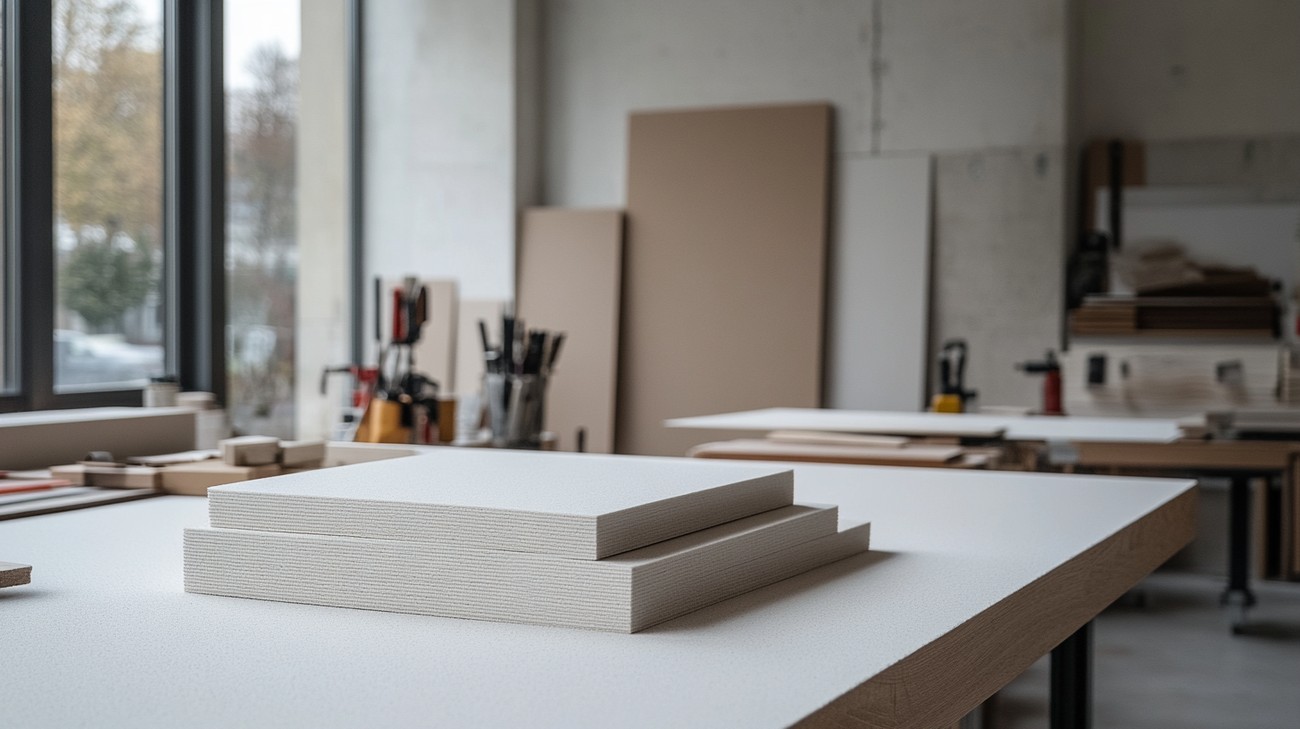
Frequently Asked Questions about Xps Foam
Q: Is XPS Foam Board toxic?
XPS foam, in its solid form, is not considered toxic. However, if burned, it can release toxic gases. That's why it's important to dispose of XPS foam correctly and not burn it in open fires.
Q: Can XPS Foam be recycled?
Yes, XPS foam can be recycled. However, the recycling process is not very common due to its cost-effectiveness. Therefore, it is always better to try to repurpose the foam or dispose of it responsibly through waste management services instead.
Q: How long does XPS Foam last?
XPS Foam has an impressive lifespan. Its physical and thermal properties are maintained over the long term. So, essentially, your XPS Foam Insulation would last as long as the lifespan of the building itself.
Q: How to cut XPS Foam for use?
While XPS foam can be cut with a simple utility knife, the use of a foam cutter will achieve a smoother and more precise cut. Always remember to take necessary precautions since foam cutters typically operate at high temperatures.
Q: Is XPS Foam water-resistant?
Yes. One of the key characteristics of XPS foam is its excellent moisture resistance, which makes it a good choice for damp areas and insulating purposes in areas where water may be a problem.
Q: What is the R-value of XPS Foam?
XPS foam has a relatively high R-value, usually averaging around R-5 per inch of thickness. The R-value is a measure of how well a barrier, such as a layer of insulation, resists the conductive flow of heat.
Q: Is XPS foam safe for the environment?
While XPS foam is not toxic, it does have a considerable environmental impact. The manufacture and disposal of XPS foam create greenhouse gases. So despite its benefits, XPS foam usage should be carried out with an environmental consciousness.
Q: Can XPS Foam be painted?
Yes, XPS Foam can be painted. This high-density foam accepts paint well, and it is often used in stage design, craft projects, and other creative uses where it may need to be painted.
Q: Does XPS Foam absorb sound?
While XPS foam has excellent thermal insulation properties, it is not particularly known for its soundproofing abilities. However, it does provide some measure of sound reduction.

Pros of XPS Foam
Excellent Insulation Properties
One of the primary advantages of XPS foam is its high insulating capacity. XPS foam, also known as Extruded Polystyrene foam, provides one of the highest R-values (measure of thermal resistance) per inch of thickness among insulation materials. This makes it an excellent choice for insulating walls, roofs, and floors.
Water and Moisture Resistance
XPS foam is highly resistant to water and moisture, which makes it an ideal material for use in areas exposed to water, such as basements or bathrooms. In fact, its closed-cell structure does not permit water infiltration, adding to the longevity of structures built using it.
High Compressive Strength
With a high load-bearing capacity, XPS foam can withstand substantial weight, thanks to its dense structure. This feature means it's suitable for use in flooring underlays or as a foundation for heavy machinery in industrial settings. So whether it's used in a domestic or commercial capacity, structures made from XPS foam will continue to maintain their integrity over time.
Resistance to Mold and Mildew
XPS foam is naturally resistant to mold and mildew growth. Given that moisture can't permeate its surface, this reduces the chances of fungus growth, providing a healthier environment for occupants. This is great for builders or homeowners looking to reduce upkeep costs and effort.
Easy to Work With
In terms of installation, XPS foam is widely recognized as being an easy-to-handle material. Its lightweight nature makes it easy to transport and maneuver. Additionally, it can be easily cut to suit an array of specifications or installation requirements.
Cons of XPS Foam
Environmental Impact
While XPS foam’s prevalent use is due to its excellent insulating properties, it does not bode well for the environment. The production process of XPS foam releases harmful greenhouse gases, such as hydrofluorocarbons (HFCs), which contribute to global warming. Furthermore, XPS foam is non-biodegradable and can take hundreds, if not thousands, of years to decompose in landfills.
High Cost
Compared to other insulation materials such as EPS or fiberglass, XPS foam is relatively expensive. While its benefits are substantial, the initial outlay required to purchase XPS foam may be a deterrent to some, particularly in larger scale projects.
Flammability
While XPS foam is usually treated with a fire retardant, it is inherently a flammable material. This can pose safety concerns and require that additional safety measures be implemented. This not only requires added effort, but could increase the overall cost of the project.
Limited Flexibility
XPS foam is very rigid, which has a lot to do with its high load-bearing capacity. However, this stiffness can limit its usefulness in applications that require a degree of flexibility. As such, for projects that demand a malleable or conformable material, XPS foam might not be the best choice.
Potential for Shrinkage
Over time, exposure to varying temperatures and UV light could cause XPS panels to shrink or warp. Although the shrinkage is minimal, it could lead to a reduction in the material’s insulating capabilities. Proper installation and care can mitigate this to a certain extent, but it’s a factor to consider during material selection.

Myth 1: XPS Foam is Non-Recyclable
One of the most common misconceptions about XPS foam is that it isn't recyclable. This is not entirely accurate. While XPS foam is not as broadly recyclable as materials like aluminum or cardboard, it can be recycled under specific conditions. Not all recycling facilities have the capability to process XPS foam due to the complexity involved, but the facilities that do are capable of repurposing this material into new products.
Fact 1: Challenges in Recycling XPS Foam
The difficulty in recycling XPS foam stems from its physical properties, as its light weight and buoyant nature can cause it to become airborne and litter the surroundings during the recycling process. Nonetheless, some recycling facilities have developed specialized equipment and procedures that can handle this material effectively.
Fact 1.1: Specialty Recycling Programs
In recent years, more and more recycling programs for XPS foam have started to appear. These specialty programs are designed to accept used XPS foam and process it in a way that allows the foam to be repurposed. While these programs might not be as widespread as those for other materials, they are steadily growing in number.
Myth 2: XPS Foam is Bio-Degradable
Another common misconception about XPS foam is that it is bio-degradable. In reality, XPS foam is made from a type of plastic called polystyrene, which is not readily broken down by biological organisms like bacteria or fungi. Thus, XPS foam is not considered to be bio-degradable.
Fact 2: XPS Foam and the Environment
Unfortunately, because XPS foam cannot be degraded biologically, it can contribute to litter and waste problems if not properly managed. Its lightness can lead it to be carried away by the wind, flowing streams, or ocean currents, reaching remote areas and potentially harming wildlife. Therefore, there's a significant importance for correctly disposing or recycling XPS foam products.
Myth 3: XPS Foam is a Poor Insulator
Another myth surrounding XPS foam is that it provides poor insulation. This simply isn't true. XPS foam, or extruded polystyrene foam, is actually known for its excellent insulation properties.
Fact 3: The Insulating Properties of XPS Foam
XPS foam is widely used as a thermal insulator in construction, particularly in roofing, wall insulation, and under-slab applications. Far from providing poor insulation, it is one of the most efficient materials available for preventing heat loss or gain. Its tightly packed cellular structure provides it with a high resistance to both heat flow and water absorption, making it an ideal choice for insulation purposes.
Myth 4: XPS Foam is Flammable
Some believe that XPS foam is highly flammable and presents a fire risk when used in construction. Again, this is a misunderstanding. While XPS foam will catch fire if directly exposed to an open flame or extremely high temperatures, it is not significantly more flammable than many other construction materials.
Fact 4: Fire Safety Measures in XPS Foam Manufacturing
Most XPS foam is manufactured with a fire retardant to minimize the material's inherent flammability. While it's true that XPS foam, like many materials, will burn under certain conditions, it's important to remember that these conditions typically involve failures in fire safety measures or extreme situations. Under normal circumstances, XPS foam used in construction does not pose a significant fire risk.
Fact 4.1: Building Code Compliance
Moreover, XPS foam products that are used in building construction are typically manufactured and tested according to rigorous building codes and safety standards, which include fire safety considerations. This ensures that when used properly, XPS foam can be safely utilized as a construction material.
As with any material, knowledge and appropriate safety measures are key to minimizing potential risks. With proper handling and installation, XPS foam can be a highly effective and safe material for a variety of applications.
Summary
So, there you have it, a quick rundown on XPS foam. This material is super versatile, showing up in all sorts of places like building insulation and craft projects due to its lightweight but durable nature. If you're looking for a product that offers high performance, long-lasting service life and is environment-friendly, you can't go wrong with it.
We've seen that this product is so much more than just your ordinary foam. XPS foam offers advanced thermal performance and moisture resistivity that other foams can't compete with. So, it's not just about the material, it's about its exceptional functionality, making it the go-to choice for both professionals and DIY enthusiasts.
All in all, it's clear how much value XPS foam brings to the table. Whether you're looking to insulate your house, creating modelling projects or even crafting your beloved cosplay costumes, this material can handle it all. It's safe to say, XPS foam is truly a game-changer in the foam industry.
About Atlas Stucco
At Atlas Stucco of Sacramento, CA, we proudly serve our community as premier stucco contractors. With years of experience under our belts, our dedication to quality workmanship and exceptional customer service is at the heart of everything we do. From new construction stucco installations to detailed stucco repair, we always ensure to deliver stellar results that stand the test of time. We are fully licensed, bonded, and insured, offering you peace of mind knowing you're working with true professionals. Our passion for our craft and commitment to our clients set us apart, and we can't wait to show you the Atlas Stucco difference!
Tags: insulation, construction, material,

